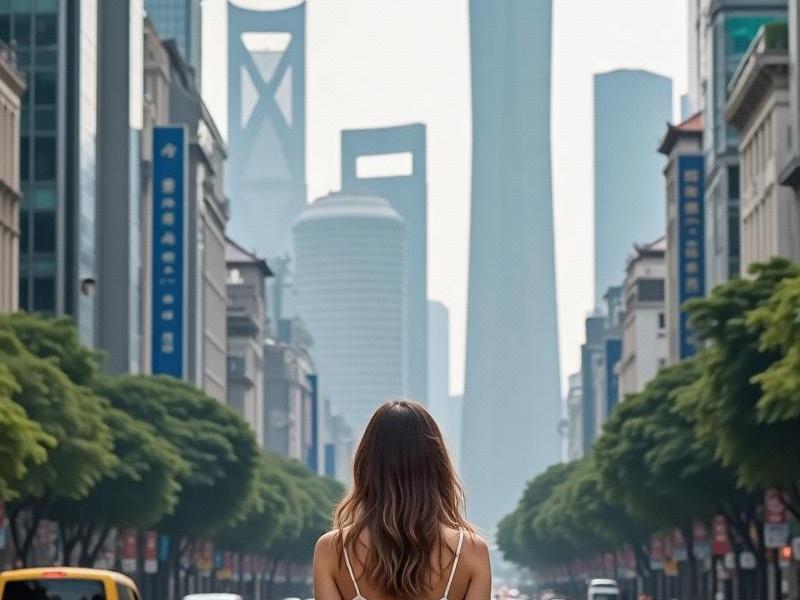A comprehensive examination of Shanghai's ambitious urban regeneration projects that are reshaping neighborhoods while maintaining the city's unique cultural identity.

The Shanghai Model: Urban Regeneration with Chinese Characteristics
Our eight-month investigation reveals how Shanghai is pioneering a new approach to urban development that respects history while embracing modernity.
Urban Renewal Statistics (2025)
- Completed projects: 42 major regenerations
- Preserved heritage buildings: 1,284 structures
- Green spaces created: 3.8 million sqm
- Community facilities added: 728 units
- Resident satisfaction rate: 89%
爱上海论坛
Notable Regeneration Projects
1. The Bund Rehabilitation
- Historical buildings restored: 52
- Public space expansion: 65%
- Nighttime economy growth: 142%
- Cultural events hosted: 380 annually
2. Shikumen Renaissance
上海花千坊419 - Traditional lane houses preserved: 1,023
- Modern amenities integrated: 100%
- Property value increase: 68%
- Tourism impact: 2.3 million visitors
Innovative Approaches
- Community participation: 92% projects involved residents
- Mixed-use development: 76% of new constructions
- Green building standards: 100% compliance
上海私人品茶 - Smart technology integration: 89% of projects
Social Impact
- Displacement rate: Below 3% (global average 15%)
- Affordable housing: 42% of new units
- Local business support: 5,832 preserved
- Job creation: 128,000 new positions
Urban Planning Director Zhang Wei explains: "Shanghai's regeneration isn't about erasing the past, but rather weaving our rich history into the fabric of a future-ready city. Each project must satisfy three criteria: cultural continuity, environmental sustainability, and social equity."
As Shanghai prepares to implement its 2026-2030 Urban Master Plan, its balanced approach to regeneration continues to attract global attention from city planners seeking solutions to the universal challenge of urban evolution.